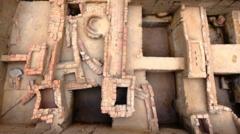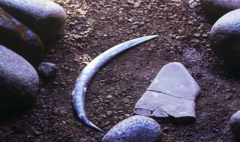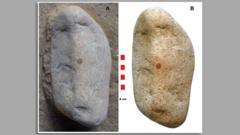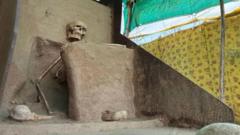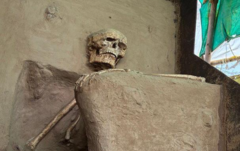Rakhaldas Banerjee's story begins in the early 1900s when he was part of the Archaeological Survey of India (ASI) during British colonial rule. Tasked with exploring India's rich historical landscape, Banerjee's adventurous spirit and keen intellect led to the unearthing of Mohenjo-daro, meaning "mound of the dead men" in Sindhi. This ancient city, located in what is now Pakistan, was integral to the expansive Indus Valley Civilization, which once thrived across parts of modern-day India and Pakistan.
However, Banerjee's legacy is marred by his contentious relationships with colonial authorities. His rebel nature often put him at odds with the ASI leadership, resulting in a narrative overshadowed by disputes over credit for his vital discoveries. Subsequent historians, such as PK Mishra and Nayanjot Lahiri, have highlighted the tensions within the ASI that led to Banerjee's findings being dismissed or unrecognized by his superiors, particularly the ASI chief John Marshall. While Marshall is noted for bringing the civilization to light in educational circles, Banerjee's contributions remain relegated to mere footnotes.
Despite these challenges, Banerjee's passion for archaeology shone through. His detailed excavations at Mohenjo-daro between 1919 and 1923 revealed a wealth of artifacts including seals, coins, and pots, which significantly informed the understanding of this ancient society. His discoveries also illustrated connections to other sites, underscoring the broader scope of the Indus Valley Civilization.
However, financial mismanagement and irregularities soon clouded his career, leading to his transfer away from Mohenjo-daro and subsequent controversies, including an unproven idol theft accusation that forced him to resign from the ASI. Following his departure, Banerjee took on a teaching role but struggled financially and ultimately died young at age 45.
Today, while Banerjee may not be a household name, his adventurous spirit and significant contributions to archaeology continue to inspire scholars and enthusiasts, calling for a reassessment and appreciation of those who have shaped the narrative of ancient civilizations. The profound impact he had on understanding the Indus Valley Civilization stands testament to the tireless pursuits of this remarkable yet overlooked figure in history.
However, Banerjee's legacy is marred by his contentious relationships with colonial authorities. His rebel nature often put him at odds with the ASI leadership, resulting in a narrative overshadowed by disputes over credit for his vital discoveries. Subsequent historians, such as PK Mishra and Nayanjot Lahiri, have highlighted the tensions within the ASI that led to Banerjee's findings being dismissed or unrecognized by his superiors, particularly the ASI chief John Marshall. While Marshall is noted for bringing the civilization to light in educational circles, Banerjee's contributions remain relegated to mere footnotes.
Despite these challenges, Banerjee's passion for archaeology shone through. His detailed excavations at Mohenjo-daro between 1919 and 1923 revealed a wealth of artifacts including seals, coins, and pots, which significantly informed the understanding of this ancient society. His discoveries also illustrated connections to other sites, underscoring the broader scope of the Indus Valley Civilization.
However, financial mismanagement and irregularities soon clouded his career, leading to his transfer away from Mohenjo-daro and subsequent controversies, including an unproven idol theft accusation that forced him to resign from the ASI. Following his departure, Banerjee took on a teaching role but struggled financially and ultimately died young at age 45.
Today, while Banerjee may not be a household name, his adventurous spirit and significant contributions to archaeology continue to inspire scholars and enthusiasts, calling for a reassessment and appreciation of those who have shaped the narrative of ancient civilizations. The profound impact he had on understanding the Indus Valley Civilization stands testament to the tireless pursuits of this remarkable yet overlooked figure in history.







